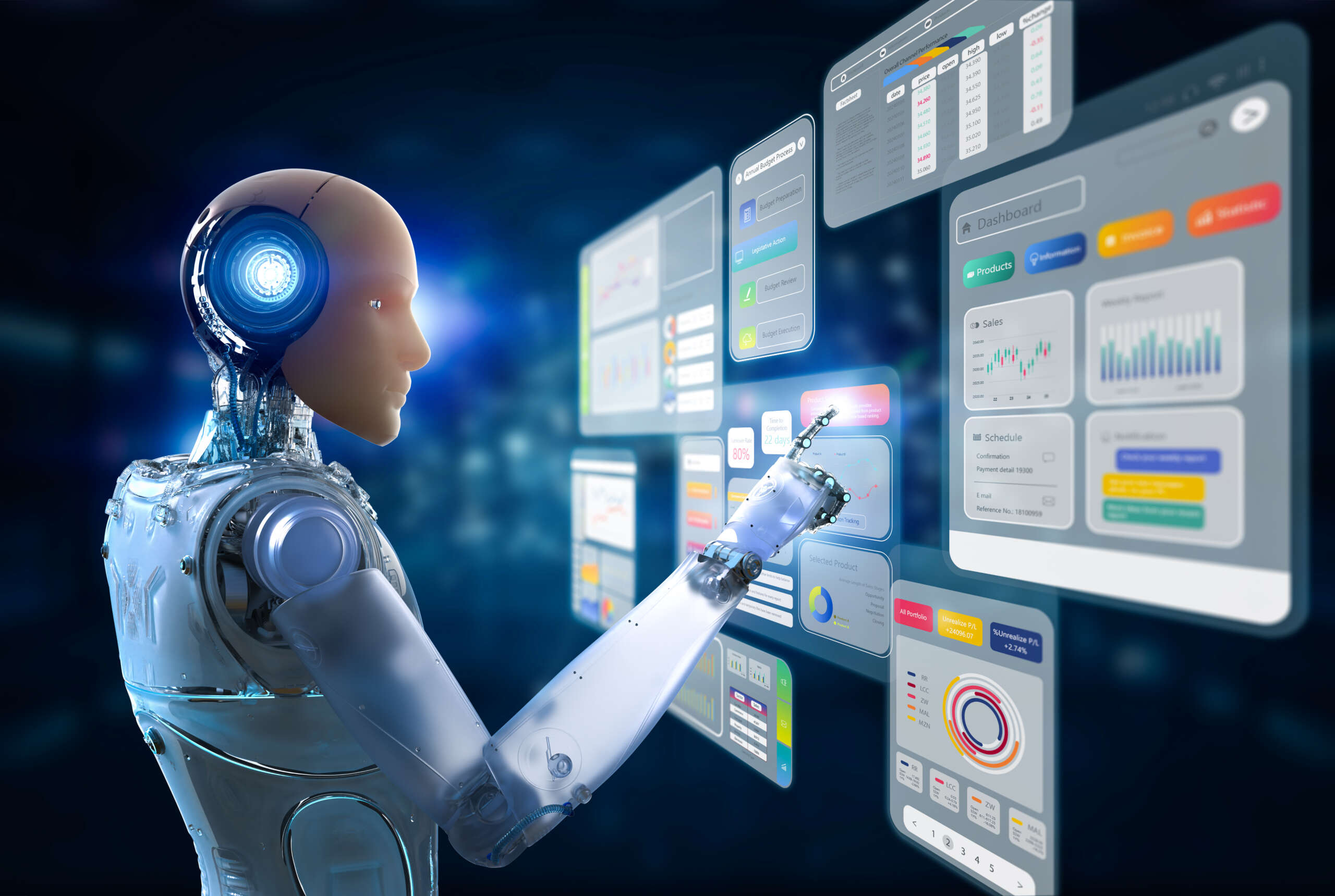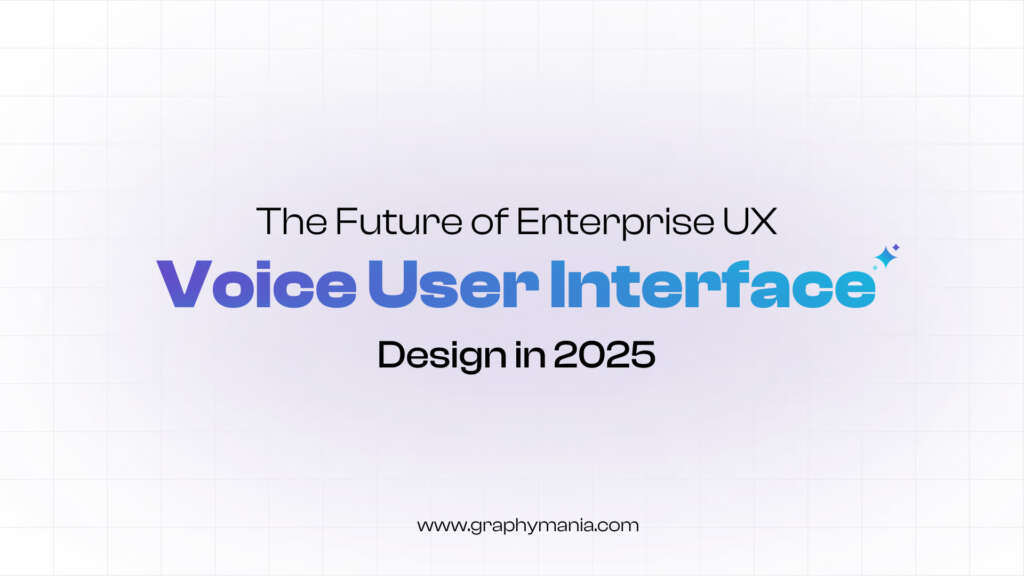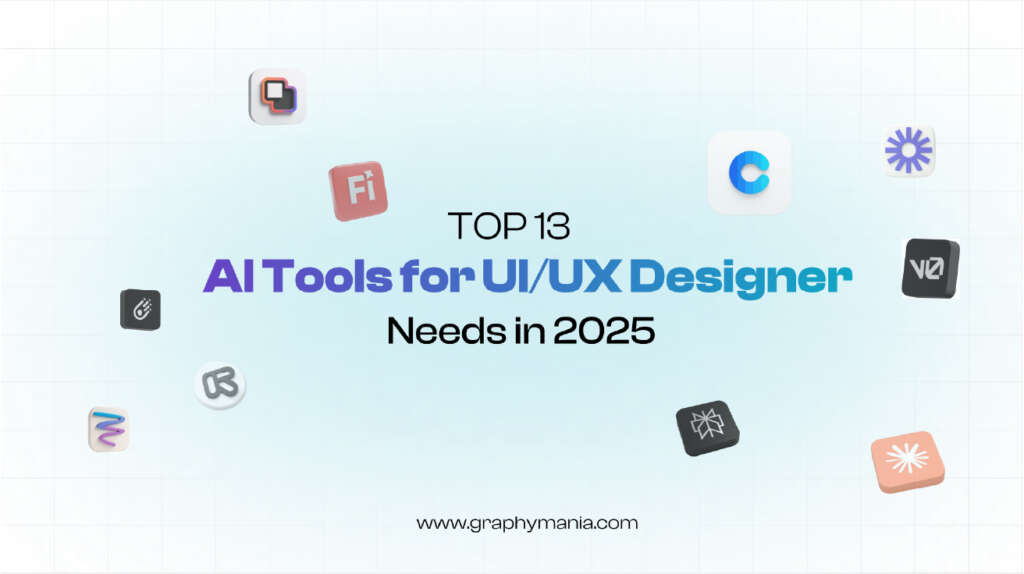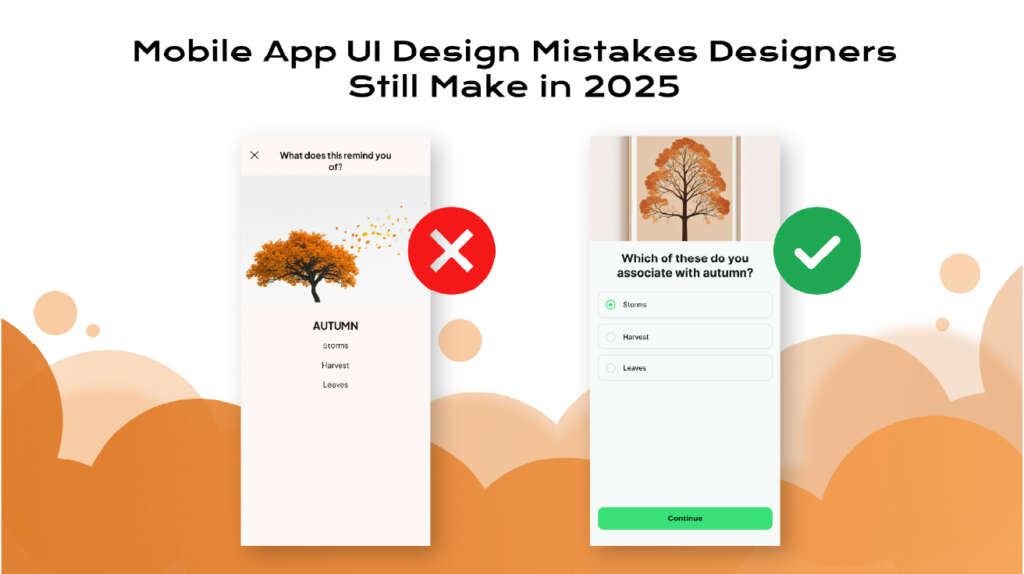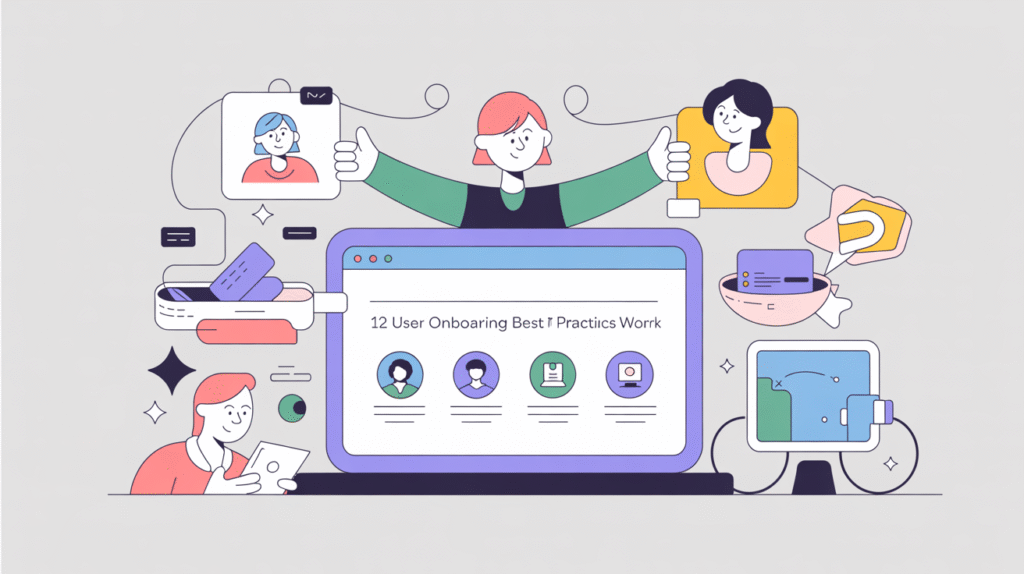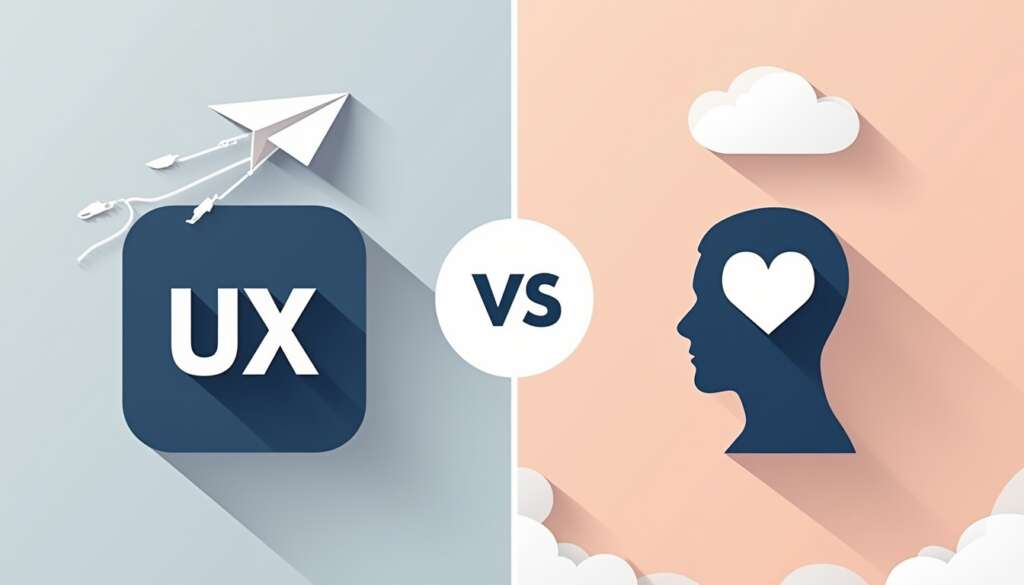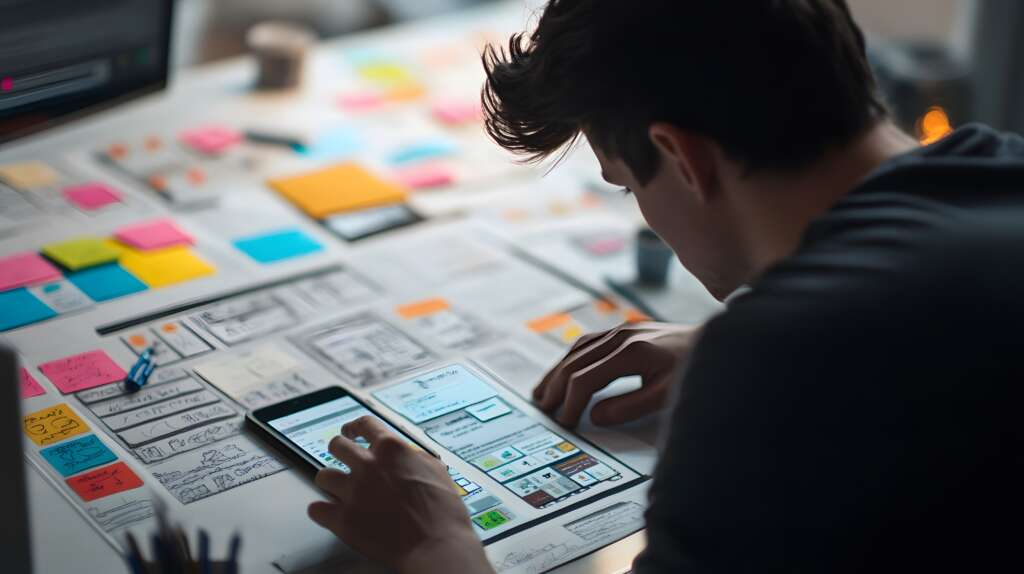“94% of first impressions are design-related.” In 2025, that number feels even more critical as users expect digital experiences to be inclusive, personal, and emotionally intuitive. This is where AI in UX design is stepping in — not as a replacement for creativity but as a powerful partner that helps designers create accessible UX and emotional UI experiences faster and smarter.
From AI Hype to Value-Driven UX (2025 Shift)
For years, AI in UX was hyped as a futuristic idea. Now, in 2025, it’s a practical tool. Artificial intelligence and user experience are merging into everyday workflows.
- Then (2022–2023): AI was used mainly for mockups or quick prototyping.
- Now (2025): UI/UX AI tools run accessibility checks, predict emotional responses, and guide UX AI personalization strategies.
This shift means AI in UX is no longer about experimentation. It’s about measurable impact — faster testing, more inclusive designs, and happier users.
AI for Accessibility Audits
One of the biggest wins of AI in UI UX design is accessibility. Tools can now scan interfaces for potential friction points and suggest real fixes.
- Automated Accessibility Reports: AI-powered platforms evaluate color contrasts, alt-text, and voice-assist compatibility.
- Inclusive UX Testing: Instead of relying on lengthy manual tests, AI for UI UX design simulates scenarios for users with disabilities.
- Real Example: Microsoft’s Accessibility Insights now integrates UX design AI tools that instantly highlight errors.
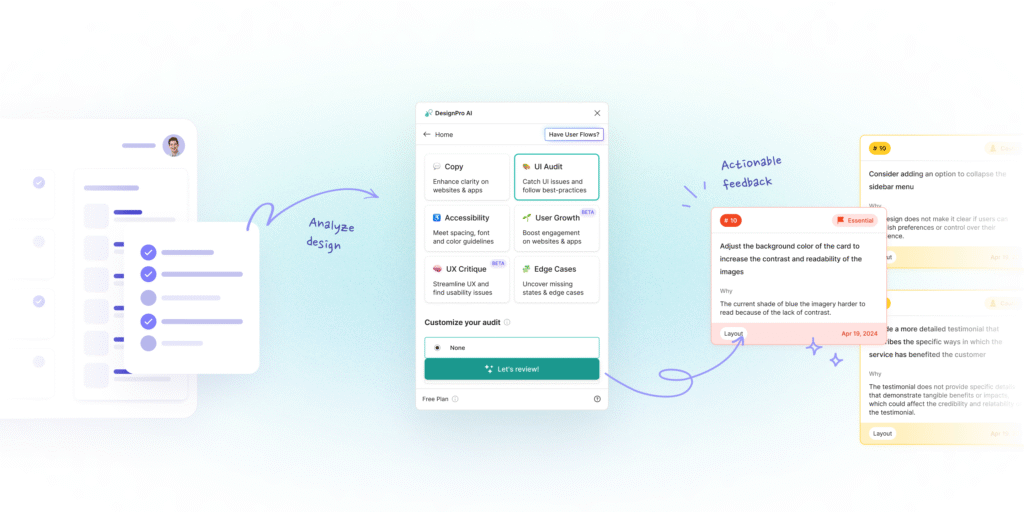
AI for Emotional Sentiment Mapping
Design isn’t just about functionality — it’s about feelings. In 2025, AI UX designers are tapping into emotional UI through sentiment mapping.
- AI tracks micro-expressions during user testing.
- Natural language processing analyzes chat feedback for emotional cues.
- Predictive models suggest changes to tone, color, or flow for more empathetic design.
Think of it as an artificial intelligence user interface design with emotional intelligence built in.
AI for Personalized Micro-Interactions
Small details can make or break a user journey. With AI in UX, designers now personalize micro-interactions that feel intuitive:
- Adaptive button sizes based on hand movement data.
- Dynamic onboarding flows that adjust to user confidence.
- Context-aware animations for smoother navigation.
These experiences create stickiness — users feel like the product “gets them.”

Real-World Tools in Action
Designers are already experimenting with AI UX design tools:
- Figma AI Plugins: Auto-generate layouts, suggest color schemes.
- Uizard: Turns sketches into clickable prototypes.
- Midjourney: Helps with moodboards for artificial intelligence UI design.
These tools don’t replace human creativity — they amplify it.
Getting Started Without Losing Creativity
The question many teams ask is: “Will AI replace designers?” The answer is no. AI for UX is a co-pilot, not the pilot.
Tips for starting:
- Begin with AI for accessibility audits.
- Use AI to automate repetitive UI adjustments.
- Keep humans in charge of emotional storytelling.
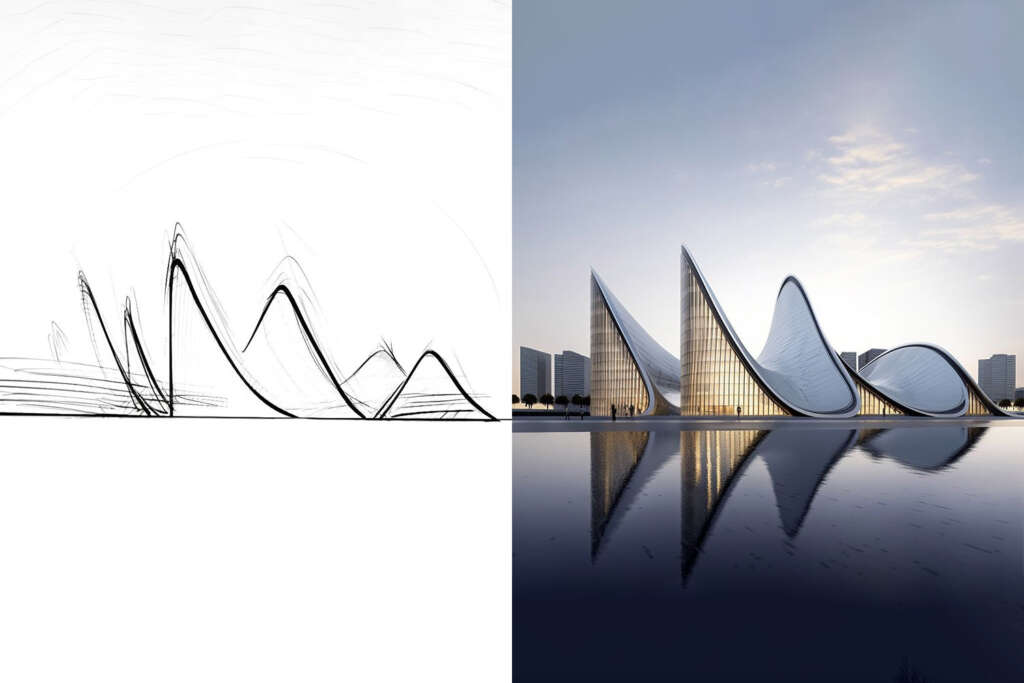
Conclusion: The Future of AI in UX Design
In 2025, AI in UX design is no longer a buzzword. It’s a toolkit — one that makes UX AI workflows more accessible, empathetic, and efficient. For designers, the opportunity lies in mastering this partnership: letting AI for UI UX design handle data-heavy tasks while humans focus on creativity and vision.
At Graphymania, we believe this collaboration will define the next era of AI and UX design — one where technology and empathy come together to create interfaces that truly connect.
Be Real, Always!
MOHD ARMAN
FAQs
1. Can AI improve UX accessibility?
Yes. AI tools audit design for color contrast, screen-reader compatibility, and inclusive navigation, making accessible UX easier to achieve.
2. What are the best AI tools for UI designers in 2025?
Figma AI, Uizard, and Midjourney are top picks for AI in UX design, along with Microsoft’s Accessibility Insights.
3. Does AI create emotional interfaces?
AI maps sentiment, predicts reactions, and fine-tunes emotional UI elements for better AI user experience.
4. Is AI replacing UX designers?
No. AI in UI UX design complements creativity by automating repetitive work, leaving storytelling to humans.
5. How do I start using AI in my design process?
Start small — run an AI UX design accessibility audit or try AI-powered prototyping tools.

